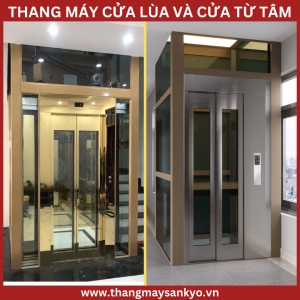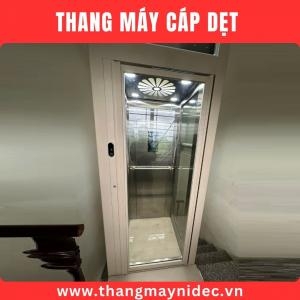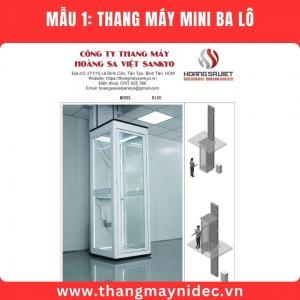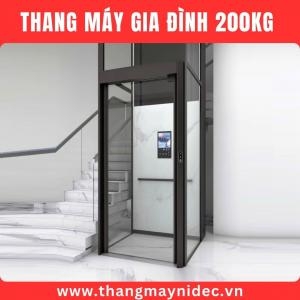The system is processing. Please wait a moment!
- Home Knowledge & Experience Sharing Experience and Knowledge About Elevators
The Most Detailed Elevator Inspection Standards and Costs
TABLE OF CONTENTS
- What is elevator inspection?
- Purpose of elevator inspection
- What should be prepared before elevator inspection?
- Standard procedure for elevator inspection
- Technical standards of elevator inspection process
- How often should an elevator be inspected?
- Elevator inspection costs
- Penalties for not inspecting elevators
Nowadays, in the constant development of society, high-rise buildings are increasingly numerous. Therefore, we cannot deny the role of elevators. The elevator inspection process helps ensure the safety of users and also keeps the system operating effectively.
This article with Hoang Sa Viet Elevator explores more deeply the standards and costs of elevator inspection , providing a comprehensive view of this process and its importance in elevator safety .

What is elevator inspection?
Elevator inspection is the process of evaluating and certifying the safety, performance and compliance with technical standards for elevators as prescribed by the State. This process is usually carried out periodically to ensure that the elevator operates properly and meets safety requirements.
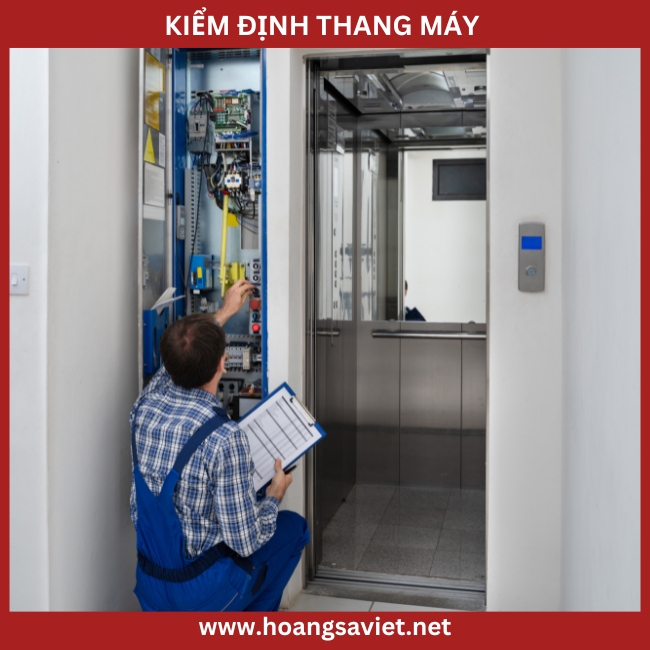
Purpose of elevator inspection
User Safety: Ensuring that elevators operate safely for users is one of the main goals in reducing the risk of accidents and protecting users.
Compliance with technical and legal standards: Elevator inspections help prevent problems and ensure that elevators meet regulatory and safety technical requirements.
Regular maintenance and inspection: Elevator inspections are often accompanied by regular maintenance and inspections. This helps to detect potential problems early, avoid sudden breakdowns, and keep the elevator running smoothly.
In addition, elevator safety inspection can also help managers save on regular maintenance costs rather than having to deal with major incidents and unexpected repair costs.
Increased longevity and performance: By regular inspection, elevator systems can be maintained for stable operation and increased longevity.

What should be prepared before elevator inspection?
Article 7 of the Elevator Safety Technical Inspection Procedure under the management authority of the Ministry of Labor, War Invalids and Social Affairs issued with Circular 12/2021/TT-BLDTBXH stipulates:
Prepare for inspection
The inspection organization and the facility requesting the inspection shall coordinate:
Agree on the inspection plan, prepare inspection conditions and send people to participate and witness the inspection.
Unified implementation of safety measures;
Fully equipped with tools and personal protective equipment to ensure safety during the inspection process.
Basis for proposed inspection:
Prepare documents, resume and documents related to the elevator as stated in Clause 1, Article 8 of this procedure including:
Elevator profile: General information about the elevator, technical specifications (features, load capacity, speed, etc.), technical drawings, etc.
Certificate of conformity (inspection for first inspection).
Certificate of inspection and inspection report have been issued (no need to check for first inspection).
Maintenance, repair, replacement records (if any)
Design documents, completion of elevator shaft construction (inspection for installed elevators, first inspection) .
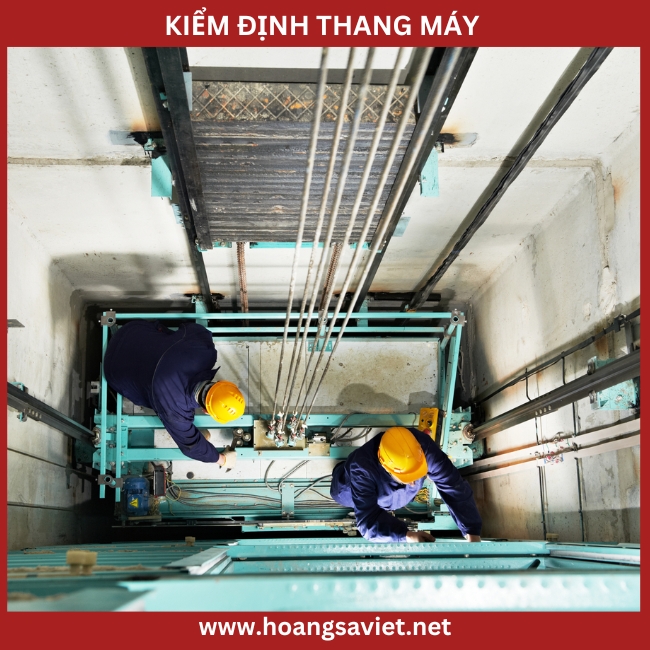
Tools needed to inspect elevators
Before conducting elevator inspection, the following inspection equipment must be prepared:
Distance measuring device
Temperature measuring device
Light intensity measuring device
Insulation resistance measuring device
Ground resistance measuring device
Multimeter

The accuracy of measuring instruments allows for the following deviations, unless otherwise specifically required:
± 1% for mass, force, distance, speed
± 2% for acceleration, braking acceleration
± 5% for voltage, current
± 5% for temperature
± 2.5% for flow rate
± 1 % for pressure P ≤ 200 kPa
± 5 % for pressure P > 200 kPa
(Source: According to Law Library)
Standard procedure for elevator inspection
The elevator inspection process must be performed by an inspection specialist through the following steps:
Step 1: Check the elevator's technical documents
Check elevator history information: general information of the elevator (origin, speed, technical drawings, load capacity, previous inspection results, installation records, warranty and maintenance logs, elevator user manual, etc.)
The certificate must comply with the standards designated or recognized by the Ministry of Labor, War Invalids and Social Affairs.
Maintenance, repair, replacement, renovation records and post-renovation acceptance report (for elevator inspections with unusual problems).
Design documents, completion of elevator shaft construction (applicable to newly installed and first-time inspected elevators).

Step 2: Conduct technical inspection
Check in detail the operating status of all cabin parts, elevator shaft, elevator pit, elevator door, pulley, cable, counterweight, machine room, etc.
Check the elevator's electrical parts (electrical panel, electrical connections, electrical switches in the machine room, etc.)
Control system
Rescue system
Check for wear and tear and synchronization of parts and components.
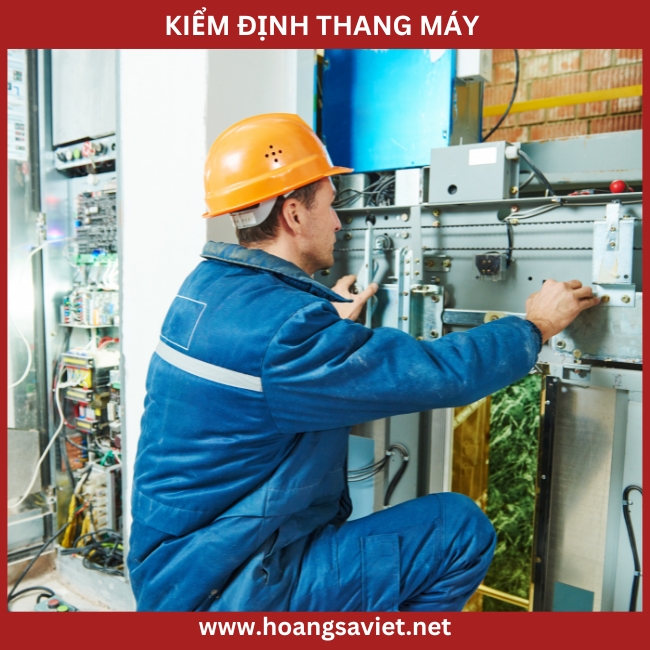
Step 3: Operate the elevator
The next step in the elevator inspection process is to test the elevator under various operating conditions.
Test the elevator without load by pressing the buttons on the control panel, helping to accurately evaluate the operating capacity of the equipment such as motor, brake, stop and start, etc.
Elevator test run with load is checked in turn with 100% rated load, 125% rated load to see the elevator's reaction, to check more accurately the overload parts, buffers, elevator floor stopping accuracy,..
Test the rescue kit, rescue alarm device.
Check overload limiter.
Test the elevator's shock absorbers, pressure and special operating programs.
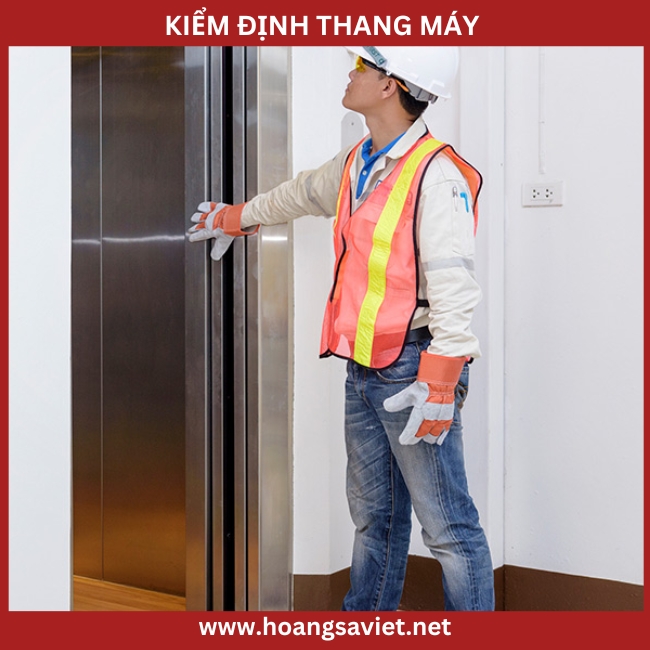
Step 4: Processing inspection results
Prepare inspection report according to form and submit to inspection agency
Record the inspection results and history of the elevator.
Issue certificates and affix elevator inspection stamps .
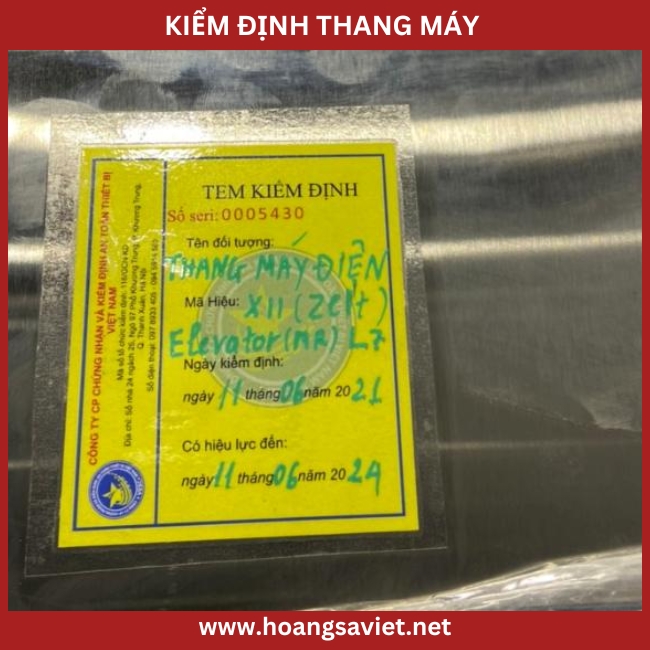
Technical standards of elevator inspection process
According to Circular 36/2019/TT-BLDTBXH promulgating the list of machinery, equipment, supplies and substances with strict requirements on labor safety and hygiene, effective from March 1, 2020, specifically as follows:
- QCVN 02:2011/BLDTBXH: National technical regulation on labor safety for electric elevators;
- QCVN 26:2016/BLDTBXH: National technical regulation on labor safety for electric elevators without cockpit;
- TCVN 6395:2008: Electric elevators - safety requirements for construction and installation;
- TCVN 7628:2007 (ISO 4190): Elevator installation;
- TCVN 5867: 2009: Elevators, Cabins, counterweights and guide rails. Safety requirements;
- TCVN 9358: 2012: Installation of equipment grounding system for industrial works - General requirements;
- TCVN 9385:2012: Lightning protection for construction works - Guidelines for design, inspection and maintenance of systems.
.jpg)
How often should an elevator be inspected?
Article 9 of the Elevator Safety Technical Inspection Procedure under the management authority of the Ministry of Labor, War Invalids and Social Affairs issued with Circular 12/2021/TT-BLDTBXH stipulates:
The period for periodic technical safety inspection for elevators installed in apartment buildings, offices, shopping malls, hospitals, hotels, factories or in public areas is once every 2 years.
The period for periodic technical safety inspection for elevators installed in projects other than the above-mentioned projects is once every 3 years.
The periodic technical safety inspection period for elevators that have been in use for more than 15 years is once a year.
- Based on the condition of the equipment, the prescribed period for elevator inspection can be shortened by the inspector based on agreement with the organization or individual that owns or manages the elevator.
In case of shortening the technical safety inspection period, the inspector performing the inspection must clearly state the reason for shortening in the inspection record.
(Source: According to Law Library)

Elevator inspection costs
For the first elevator inspection, the elevator installation company will pay for the inspection fee , and the subsequent inspections will be paid by the elevator owner.
The price of elevator inspection also depends on the location as well as the number of elevators and the type of elevator that the customer requests inspection, so the inspection cost in each place may be different and ranges from 2 million to 5 million VND.
According to Decision No. 11/QD-KD issued on February 27, 2017 by the Regional Technical Safety Inspection Center III, the cost of elevator inspection is as follows:
For elevators from 10 floors or less: cost 2,000,000 VND/elevator.
For elevators from 10 to 20 floors: cost 3,000,000 VND/elevator.
For elevators over 20 floors: cost is 4,500,000 VND/elevator.
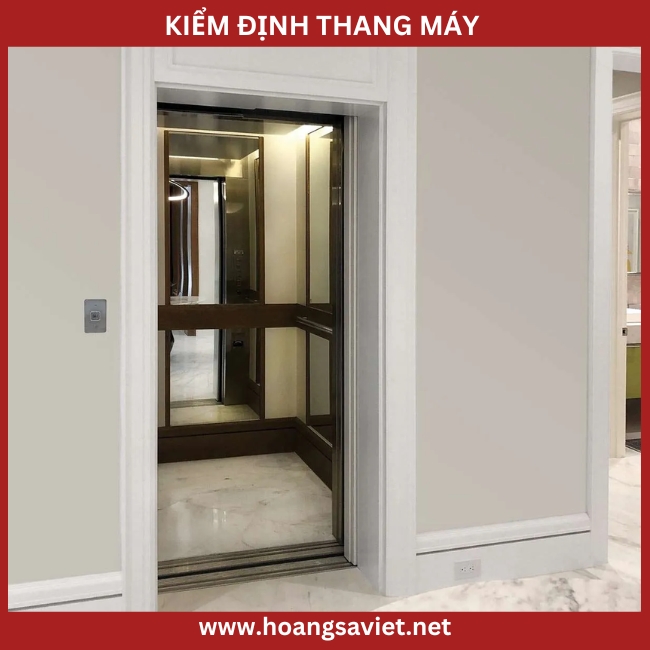
Penalties for not inspecting elevators
In Clause 5, Article 17 of Decree No. 95/2013/ND-CP, it is stipulated that elevators that are put into use without inspection will be fined at the following levels:
Fine from 1,000,000 VND to 3,000,000 VND for not notifying the inspection agency.
Fine from 5,000,000 VND to 7,000,000 VND for putting an elevator into use without notifying the inspection agency.
Fine from 50,000,000 VND to 75,000,000 VND for using an elevator that has been inspected but does not meet requirements.

Hopefully, through the article that Hoang Sa Viet Sankyo Elevator just shared, it will help you better understand the regulations related to elevator inspection .
✅ Hoang Sa Viet Elevator - Installation, Maintenance, and Renovation of Vietnamese Quality Elevators
HOANG SA VIET ELEVATOR - THE LEADING PRESTIGIOUS ELEVATOR COMPANY IN VIETNAM
Consultant: 0942. 222. 075
Office Headquarters: 184/20 Le Dinh Can, Tan Tao Ward, Ho Chi Minh City Hanoi
Headquarters: No. 229, Van Tri Street, Van Noi, Dong Anh, Hanoi
Website : hoangsaviet.net Email: hungpham@hoangsaviet.com
PRICE SUCCESSFUL!
PRICE UNSUCCESSFUL!
Hotline 0707.025.789
Email hungpham@hoangsa



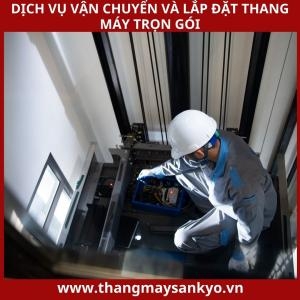
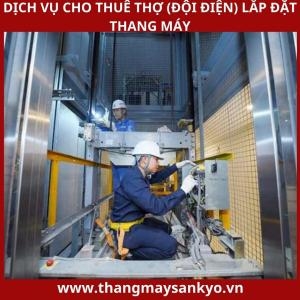
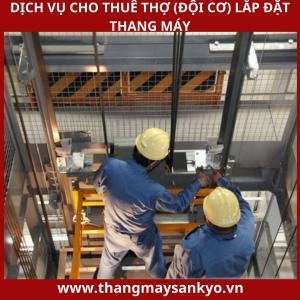

.png)
.png)

.png)

